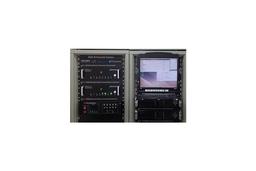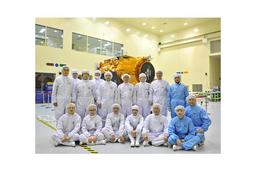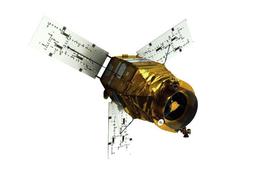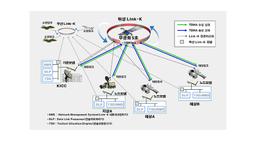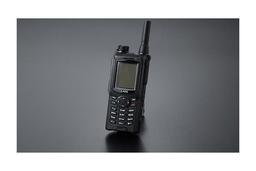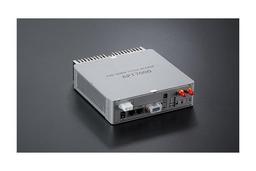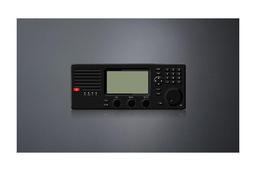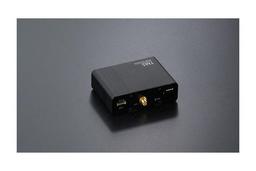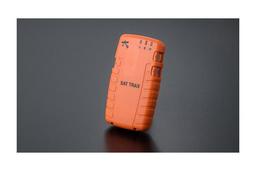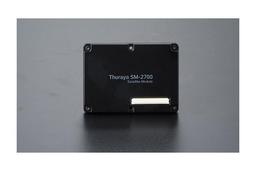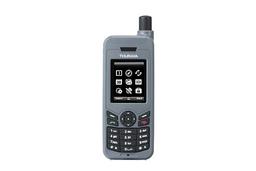



Satellite & Satellite Communication Device Manufacturer, Satellite Smartphone, Satellite Bus System Design and more
(1) Overview
The SSR(Solid State Recorder) has been used as a storage unit for LEO (Low Earth Orbiting) Earth Observation Satellites with EO(Electro Optic)/IR(Infra Red) sensors or SAR(Synthetic Aperture Radar) sensors.
The SSR has functions of real-time image data recording, storage, data compression, playback and real-time channel coding. The SSR receives real-time high speed image data streams from payload sensors. The image data acquired from PAN/MS/IR sensors is stored to mass memory and compressed and packetized into CCSDS format. Also the SSR performs a data encryption to prevent unauthorized party from access down-link data. The SSR also has interfaces with an on-board computer, modulators and BUS power.

Since 2005, AP Satellite Inc. has been developing SSRs for satellite projects. Today AP Satellite Inc. is a world leading and fast growing for customizing SSR.
- Localized an image data handling unit which is a core component of earth observation satellites, while undertaking the KOMPSAT-3 and KOMPSAT-3A projects.
- Ongoing development of DSHA (Data Storage Handling Assembly) for KOMPSAT-6 Data Link Subsystem.
- Ongoing development of IDHU(Instrument Data Handing Unit) for KOMPSAT-7 Data Link Subsystem.
- Ongoing development of IAU(Integrated Avionics Unit) for KPLO(Korea Pathfinder Lunar Orbiter).
- Ongoing world top class SSR projects which has massive memory for very high speed input image data

(2) TYPICAL SPECIFICATIONS
The SSR could be consisted by memory type (NAND flash or SDRAM), input/output data speed, compression. APSI has 2 kinds of SSR as followings;
[SSR Based on NAND Flash Memory]
NAND flash memory has been applying for recent SSRs and earth observation with very high resolution image data. This type of SSR has minimum 2Tbit memory for incoming image data. Nevertheless, this kind of SSR has dramatic beneficial features in dimension, mass, power consumption.
| Item | Specification |
|---|---|
| Input data interface | Wizard-link (2Gbps per channel) or Channel-link (1.2Gbps per channel) |
| Output data interface | Serial LVDS (600Mbps per channel) or Wizard-link (1.2Gbps per channel) |
| Compression standard | CCSDS 122-B-1 (DWT/BPE) |
| Memory capacity | ≥ 2Tbits (customizing up to 14Tbit) |
| Encryption | AES or T-DES |
| Data output format | CCSDS Transfer frame |
| TC/TM interface | MIL-STD-1553B, Hard-wired |
| Power consumption | ≤ 200W (peak) |
| Weight | ≤ 30Kg |
| Size | 706mm(L) x 334mm(W) x 250mm(H) |
| Operation Temperature | Operating: -20℃ to +50℃ Non-operating: -35℃ to +60℃ |
| Mission Life | Up to 5 years on LEO orbit |
[SSR Based on SDRAM Memory]
SDRAM memory has been used for typical classic SSRs. Because this kind of SSR has been used for most satellites, it is sufficient heritage and stability for space applications. This kind of SSR is recommended to use for image data with up to 1Tbit
| Item | Specification |
|---|---|
| Input data interface | Channel-link (1.2Gbps per channel) or Wizard-link (2Gbps per channel) |
| Output data interface | Serial LVDS (600Mbps per channel) or Wizard-link (1.2Gbps per channel) |
| Compression standard | CCSDS 122-B-1 (DWT/BPE) |
| Memory capacity | 1Tbits (256Gbits x 5 modules) 512Gbits (128Gbits x 5 modules) |
| Encryption | T-DES or AES |
| Data output format | CCSDS Transfer frame |
| TC/TM interface | MIL-STD-1553B, Hard-wired |
| Power consumption | ≤ 250W (peak) |
| Weight | ≤ 35.0Kg |
| Size | 652mm(L) x 334mm(W) x 250mm(H) or 652mm(L) x 334mm(W) x 201mm(H) |
| Operation Temperature | Operating: -20℃ to +50℃ Non-operating: -35℃ to +60℃ |
| Mission Life | Up to 5 years on LEO orbit |
